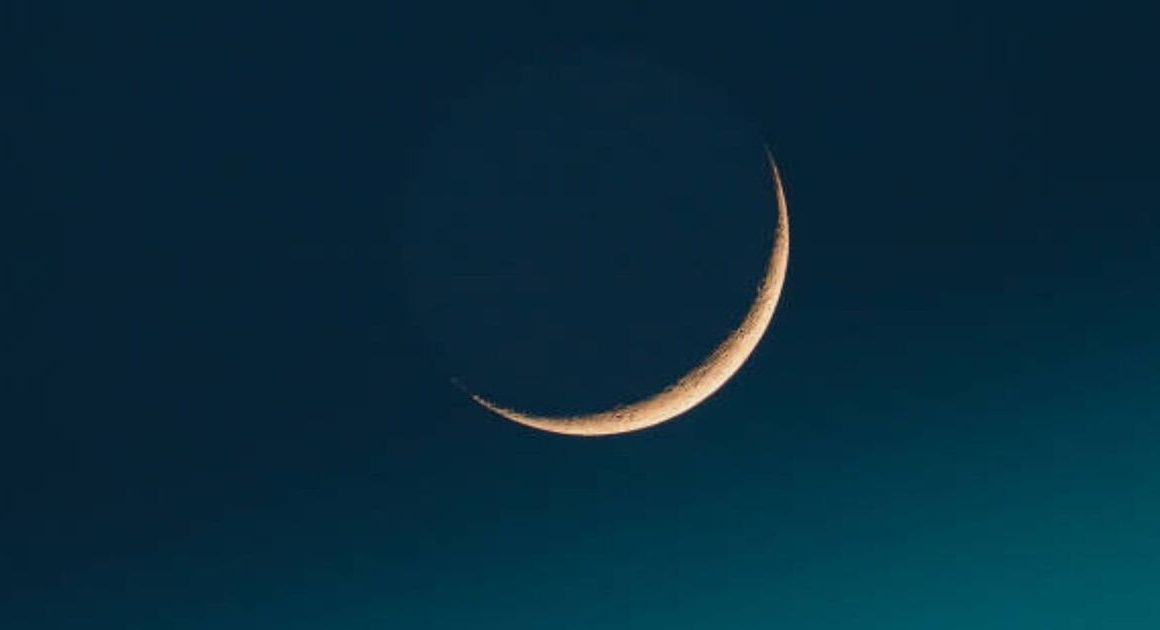Terry Rosoman decided to go big and hard for Movember this year, in more ways than one.
“I wanted to do a challenge that brought the world together, because I think we can all agree that things have been a bit rubbish recently,” he told As It Happens host Nil Köksal.
So he ran 120 kilometres on a circuitous route through Welsh mountains in order to create what he believes is the world’s biggest GPS drawing of a penis and testicles made by foot in a single day.
He admits he could have run the shape of a moustache, the logo for the long-running annual men’s health fundraiser.
“But that’s not going to stop people scrolling,” he said. “It needs to be attention grabbing and exciting.”

Rosoman is not alone in thinking outside the box for Movember.
The campaign began two decades ago with men growing moustaches in November to raise money for prostate cancer research. It has since expanded its cause to include charities and organizations involved in testicular cancer and men’s mental health.
And its schtick has moved beyond the ‘stache.
“Obviously, not everyone can grow the moustache,” Tyler Watkins, spokesperson of Movember Canada, told CBC. “We want to make sure that everyone who has a man in their life that they care about can get involved and create a difference.”
The Barefoot Dutchman
Over the years, Movember has added fundraising categories for walks and runs, workplace challenges and events. Then there’s “Mo your way” — a category limited only by the participant’s imagination and ambition.
A bakery in London, Ont., is whipping up moustache-shaped sourdough. Canadian Olympian Jon Montgomery just sent his ‘stache into space. Watkins, himself, composes music in exchange for donations.
And Anton Nootenboom, a.k.a. the Barefoot Dutchman, walked from Los Angeles to New York City — you guessed it — barefoot.
“No socks, no shoes, not even a Band-Aid,” Nootenboom told Köksal.

Nootenboom, a military veteran from the Netherlands, wrapped up his journey on Saturday at Times Square after walking 4,988 kilometres in 260 days.
It was hard almost immediately, he says, and it didn’t get easier.
“There was lots of rain in L.A., and the concrete of the sidewalks turns into sandpaper. So, like the soft skin I still had was shaven off pretty much straight away,” he said.
“And then, of course, you know, the Mojave Desert just walking on the pure rocks that feel like Lego pieces, snow in the Rocky Mountains, and then the heat in the Midwest. It’s definitely been a challenge.”
As It Happens6:02This man walked across the U.S. barefoot for charity
Rosoman, too, suffered for the cause.
He planned his phallic composition using the running app Strava, which lets you map out routes and see what they look like.
“I was looking around the Wales area and I found something that looked, you know, something sort of shaft-like … and I thought, OK, can I add a couple of balls on there? Oh yeah. That’s brilliant,” he said.
“It was then that I saw the distance.”

But he stuck to the pan, journeying more than 100 kilometres through winding mountains some 3,000 metres high, all in 24 hours.
“For the first 12 hours, it was pitch black. All I had was my head torch. It was misty, freezing cold,” he said. “I’m not going to lie. It was horrific. I was relieved when it was done.”
As It Happens6:18Man in Wales treks through the mountains drawing massive GPS penis
But neither Nootenboom nor Rosoman are strangers to struggle.
“Back in 2013, I was in the worst possible sort of physical, mental health condition of my life. I was a bit of a binge drinker. I was, you know, a recreational drug taker. I was working all the time,” Rosoman said.
“I thought if this continues, I’m not going to be here much longer … whether that’s through health complications or getting to a point where you don’t want to be here anymore.”
Physical challenges, he says, helped him survive.
“I set myself big, big targets, big goals that would sort of force me and give me that accountability to sort of turn my life around,” he said. “And it really did work.”

Nootenboom says he was also at a low point in his mental health when he just started walking.
“I just went outside and I just started to pace up and down the beach I was living at, and just along the way started to feel the benefits of walking … and walking barefoot, too,” he said.
Silly gags for serious problems
Movember started 21 years ago as a joke between friends in Australia, says Watkins. But the causes it supports are anything but funny.
The Canadian Cancer Society estimates 27,900 men will be diagnosed with prostate cancer in 2024, and 5,000 will die from it. Another 1,300 Canadian men will be diagnosed with testicular cancer, and about 30 will die from the disease.
According to Statistics Canada estimates 4,500 die from suicide from this country every year, and that rate is three times higher for men, and even higher for Indigenous men.
Movember, Watkins says, is in part about encouraging men to be open about their struggles, both mental and physical.
“I think everyone has something kind of in their backpack that maybe they want to unload, but not knowing where or when,” Watkins said.
“But as soon as one person opens up …. you see a cascading effect of more people opening up about it. And I think Movember supporters are definitely leading the way on that front.”
If you or someone you know is struggling, here’s where to get help:
This guide from the Centre for Addiction and Mental Health outlines how to talk about suicide with someone you’re worried about.











